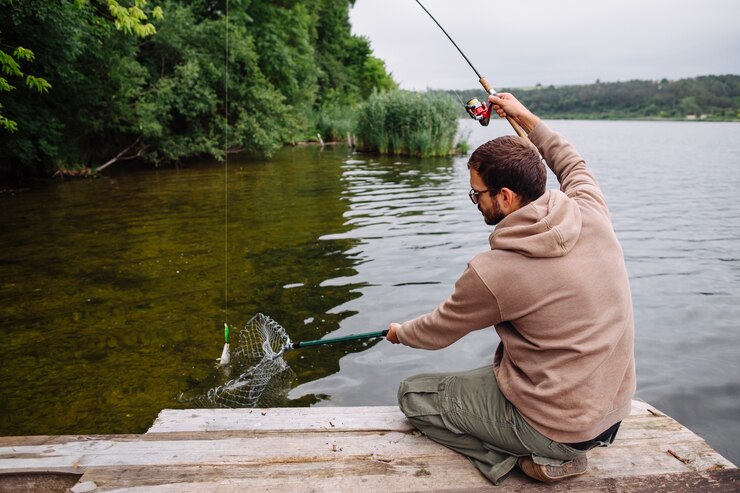Lotus299, Goldenexch, Msdexch: Responsible fishing practices play a crucial role in maintaining the health and sustainability of our ocean ecosystems. By practicing responsible fishing methods, such as respecting catch limits and avoiding sensitive habitats, we can help prevent overfishing and protect vulnerable marine species. Additionally, responsible fishing practices ensure the long-term viability of fish populations, allowing them to replenish and thrive for future generations to enjoy.
Moreover, responsible fishing practices also contribute to the overall health of our oceans by reducing the amount of bycatch and minimizing environmental damage. By implementing measures like using sustainable fishing gear and adopting selective fishing techniques, fishermen can significantly decrease the unintended capture of non-target species. This not only helps protect marine biodiversity but also promotes a more efficient and effective fishing industry that is mindful of its impact on the marine environment.
The Impact of Overfishing on Marine Ecosystems
Overfishing is a critical issue that continues to wreak havoc on marine ecosystems worldwide. The depletion of fish populations due to unsustainable fishing practices has cascading effects on the delicate balance of ocean life. Species that are overexploited can face decline or even extinction, causing disruptions in food chains and altering the natural dynamics of marine habitats.
Furthermore, the depletion of certain fish populations can lead to an increase in the populations of prey species, which can in turn affect the abundance of other marine organisms. This imbalance can result in negative consequences for the overall health and biodiversity of marine ecosystems. Overfishing not only impacts the targeted species but also has far-reaching implications for other marine life and even human communities that depend on these resources for their livelihoods.
• Overfishing disrupts the delicate balance of ocean life
• Depletion of fish populations can lead to decline or extinction of species
• Imbalance in prey populations can affect abundance of other marine organisms
• Negative consequences for overall health and biodiversity of marine ecosystems
• Far-reaching implications for human communities that depend on marine resources
Techniques for Minimizing Bycatch in Fishing
Aldoexch, Aaonline777, Aaonline247: One effective technique for minimising the bycatch for fishing with the circle hooks. Such as the traditional J types-hooks. Circle hooks designed for sitting right in the corner of the fish’s mouth, reducing the chances of catching unintended species. This method has been proven to significantly decrease bycatch rates, especially when used in longline and commercial fishing operations.
Another approach to reducing bycatch is the implementation of escape panels in fishing gear, such as trawl nets. These specially designed panels allow non-target species to escape before they are brought to the surface, helping to protect marine biodiversity and reduce the overall impact on the ecosystem. By incorporating escape panels into fishing practices, fishermen can actively contribute to sustainable fishing efforts and promote a more responsible approach to harvesting seafood.
What is bycatch in fishing?
Bycatch refers to the unintentional capture of non-target species while fishing for a specific target species.
Why is minimizing bycatch important?
Minimizing bycatch is important to protect vulnerable species, maintain the balance of marine ecosystems, and ensure sustainable fishing practices.
How does overfishing contribute to bycatch?
Overfishing can lead to depleted populations of target species, causing fishermen to unintentionally catch more non-target species as they try to meet their quotas.
What are some techniques for minimizing bycatch in fishing?
Some techniques include using selective fishing gear, implementing time and area closures, modifying fishing practices, and using devices like turtle excluder devices (TEDs) and bycatch reduction devices (BRDs).
How can consumers support responsible fishing practices?
Consumers can support responsible fishing practices by choosing sustainably sourced seafood, asking where and how their seafood was caught, and advocating for stricter regulations on bycatch.
Have A Look :-

